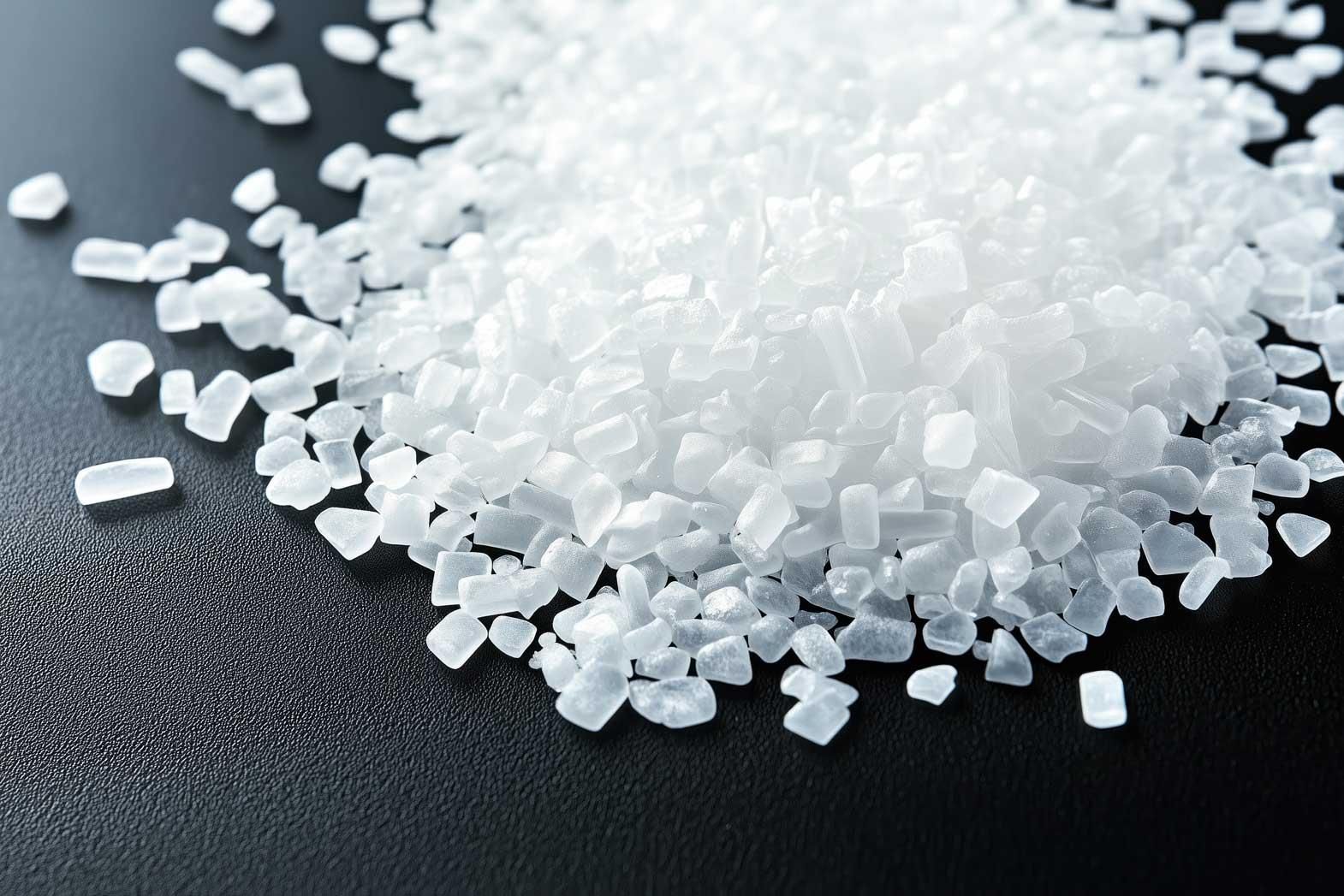In todays world, one cannot think without polymers at each aspect of life. After agriculture sector, the Textile has taken its own position as 2nd largest Industries for the obvious reason of human need. Today Textile does not mean only appeal or just simply dhoti/ sarees , but it has penetrated at each fieldi.e. in Industrial usages , High ways & road constructions, buildings ,railway trucks, decorative fabrics, medical Textile , Technical textiles and what not.
For every factor, polymers are required and at some areas it has become essential.Today it is gradually by passing natural fibres like cotton, jute etc because of their limitations in growing and are unable to fulfil such huge requirements in the world of Textile.
The polymers in Textile in not a new thing. Since the inception of Nylon in the year 1930, it captured a large portion of Industrial yarn and fabrics such as wall ropes, belts , tyre cords and then in house hold use such as sarees,swimming costumes etc. Gradually polyester arrived in 1970 and conquered the world of Textile for its own several positive properties.
This paper described the polyester in apparel in comparison to natural fibre such as cotton, then its usage in Highways and railways trucks with gross advantages.
The Advantages and Disadvantages of Polyester vs. Natural Fibres
Advantages
|
|
Polymers |
Natural |
|
Life of finished product |
More |
Less |
|
Fabric strength |
Higher |
Not that higher |
|
Outlook |
better |
comparatively less |
|
Scopes in Elaborate Styles /designs |
More such as micro, Semi-dull, full dull, bright, super bright, bicomponents, easy dye, Cataonic dyes. |
In natural fibres, all such varieties are yet to capture. |
|
Fabric manufacturing cost |
Less |
high because of wdg, warping, Sizing |
|
Operational advantages (wvg) |
Easier |
Needs humidification, better preparation if goes for High reed/pick and high speed. |
|
Wet process |
Easier |
Higher exp. because of de-sizing, scouring &bleaching. |
|
Daily maintenance of dress |
Easier |
Requires more washing, ironing, etc. |
|
Col. Fastness |
Better |
Comparatively less |
Industrial /Domestic/Furnishing Application
|
|
Polymers |
Natural |
|
Furnishing fabrics |
More acceptable |
Less |
|
Uphole staring |
More acceptable |
Less |
|
Interior Decorations in Aerospace |
Polyester only |
Not Applicable |
|
Driving /transmission belts |
Polyester only |
Not Applicable |
|
Tyre cords |
Polyester only |
Not Applicable |
|
Road/railways construction |
Polyester only |
Not Applicable |
|
Packing materials |
Polyester captured |
Old hessian bags are replaced by polymers |
|
Fishing nets |
High denier polyester |
Not Applicable |
|
Tarpaulin fab for covering |
Polymer captured |
Gradually Reducing |
|
Umbrella cloth |
Polymer captured |
It is old days now. |
|
Ropes |
More in use especially for coarser yarn packing. |
Still in use for small areas of packing. |
|
Floor Carpets |
More |
Less (mainly coir) |
Disadvantages
|
|
Polymers |
Natural |
|
Initial Cost of Raw Material |
Higher |
Lesser as it is available in natural resource. |
|
Comfort in Wearing |
Not so comfortable (Micro fibre is better in comfort) |
Comfortable especially in Summer and daily Wearing. |
|
Moisture Absorbing |
Hence less use in Towel |
More use in Towel |
*Physical Properties
|
|
Polymers |
Natural |
|
Strength |
4.0 grms/ den |
2.5 grms/count |
|
E% |
20-24 depending on end use |
15% of similar range |
|
Twist range |
Can go for high twist (Up to 3500tpm) |
Cannot to that high range |
|
Hairiness |
Nil |
Main constrain in cotton (for that purpose yarn preparation is required) |
|
U% |
within 1% |
above 15% |
|
Bursting strength |
More |
Less |
|
Tearing strength |
More |
Less |
|
Abrasion resistance |
High |
Less |
|
Drape |
Less |
High ( More Rigid ) |
|
Air permeability |
Better depending upon den/twist/micro. |
For similar construction it is less. |
|
*Considering similar type of fabric and construction. | ||
Conclusions
- The polymers are gradually taking away more areas in our domestic / Industrial life for its own advantages.
- Natural fibres although slight cheaper at present, but will be costlier in future and polymers will capture more areas.
- Polymers have the multiple areas of application which natural fibres cannot.
- In silk sarees also, polyester bright triobal is capturing which is having better life and cheaper.
- Sasta and tikau can be given by polyesters and which is accepted by aam janta.







Comments